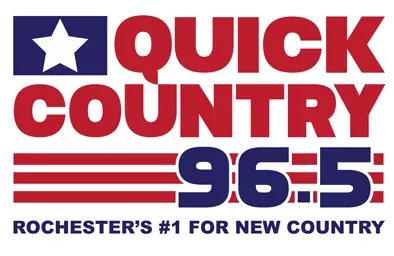
MN DNR calls eagle ” comeback kid “
(From the Minnesota DNR )
A bald eagle that has had thousands of people across the country glued to their computer screens for the past couple months may well be the natural world’s equivalent of a comeback kid, according to officials with the Minnesota Department of Natural Resources and The Raptor Center.
DNR nongame wildlife biologists recently were able to get a good look at a leg band on one of the adult eagles nesting beneath its eagle camera in the Twin Cities. The numbers on the band identified it as a bird that was found along the Minnesota River in Burnsville and brought to The Raptor Center in St. Paul in October 2010.
Unable to fly or even stand, the adult female had an abscess in her right foot and had a large number of intestinal parasites. Staff at The Raptor Center removed the abscess and treated the bird for its other ailments, then released it at the Minnesota Valley National Wildlife Refuge in Bloomington about a month later.
In February, the female bald eagle laid three eggs, which have subsequently hatched, in a nest watched by a DNR video camera that streams live footage over the Internet. Since then, more than 272,000 people from all 50 states and 145 countries have been following the family’s daily feedings and other activities. DNR biologists believe the adult bald eagles are the same pair that in 2013 laid three eggs in early January, only to have them freeze.
Part of the University of Minnesota’s College of Veterinary Medicine, The Raptor Center rehabilitates more than 800 sick and injured birds each year, while helping to identify emerging environmental issues related to raptor health and populations. It also provides training on raptor medicine and conservation for veterinary students and veterinarians from around the world. This year is the Center’s 40th anniversary, and on Thursday, April 24, it will be breaking ground for updated facilities.
The eagle camera (www.webcams.dnr.state.mn.us/eagle
) is a project of the DNR’s nongame wildlife program, which works to protect, maintain, enhance, and restore native nongame wildlife resources, helping more than 700 species of Minnesota wildlife thrive. Both the nongame wildlife program and The Raptor Center are supported largely by voluntary donations.



